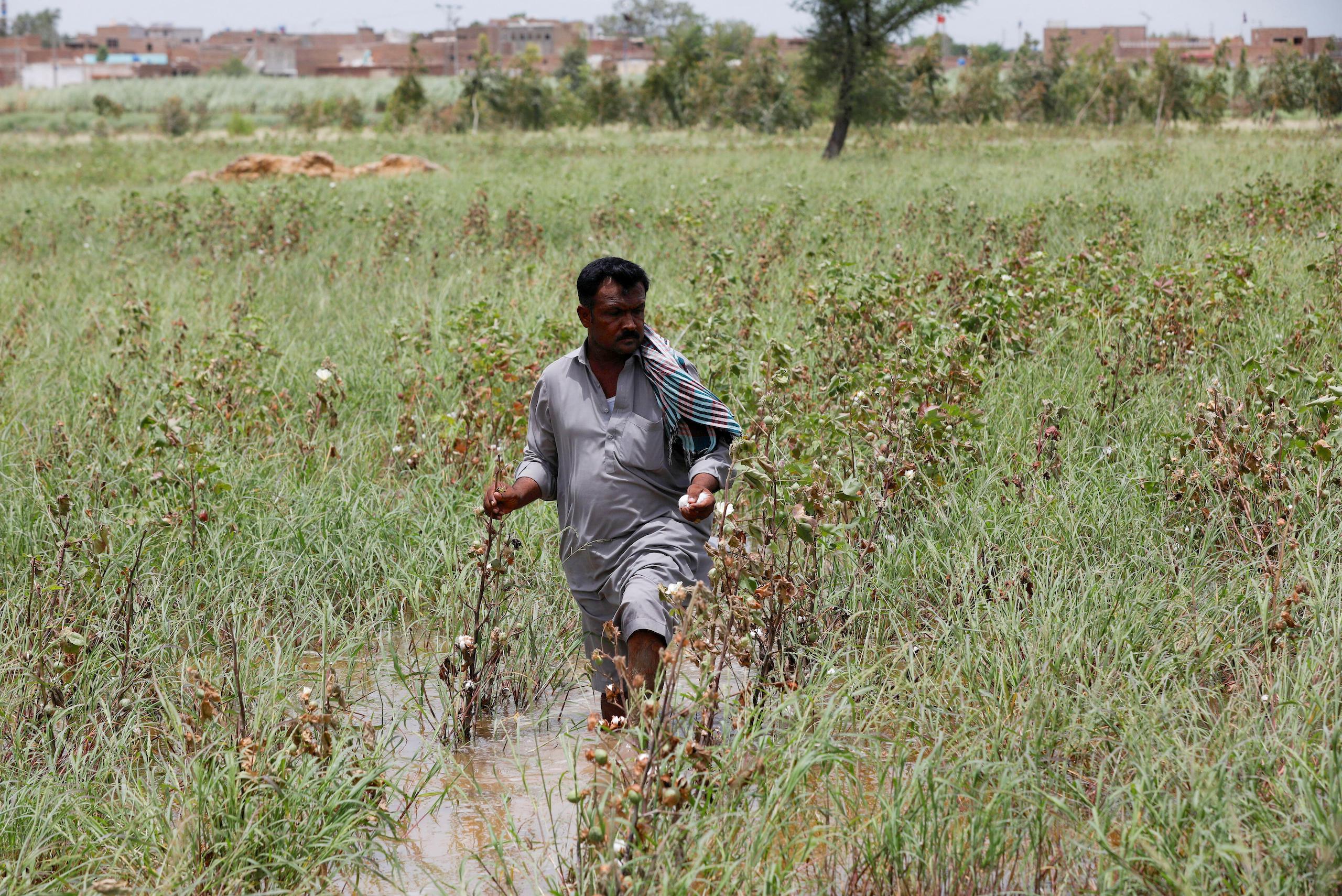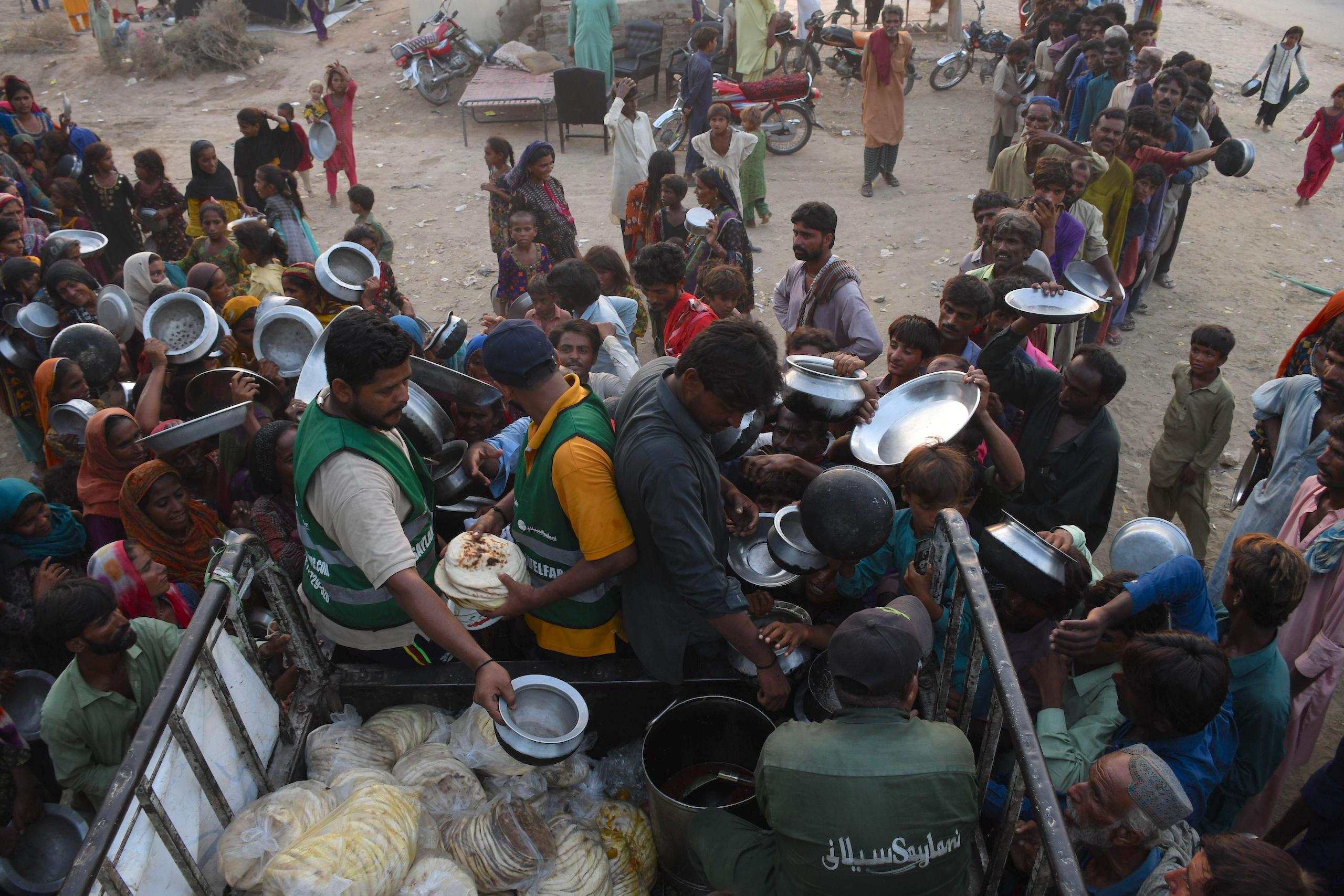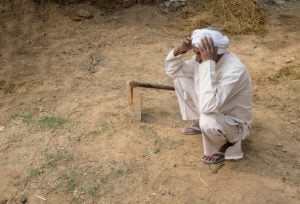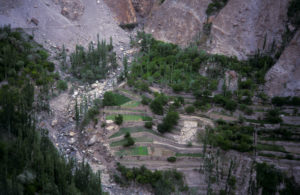Most farmers in Pakistan whose crops were destroyed in last year’s devastating floods do not have any insurance they can fall back on, leaving many thousands facing potential destitution.
Smallholder farmers are particularly vulnerable – not only were their summer crops ruined, but they are now struggling to buy seeds, fertiliser and other inputs for their winter crops, since prices of all have skyrocketed.
According to a report released by the Planning Commission of Pakistan, the agriculture, food, livestock and fisheries sectors suffered damage totalling PKR 800 billion (USD 3.7 billion) in the devastating floods that hit Pakistan between June and August 2022, which affected 33 million people and displaced at least 8 million. The report estimates the long-term losses to these sectors at around PKR 1.98 trillion (USD 9.24 billion).
Sindh and Balochistan were the provinces worst hit by the floods. A September 2022 report by provincial disaster management authorities suggested that around 35% of households were engaged in cultivation in the flood-affected areas, and that 6.5 million acres of crops and orchards were affected. This includes around 4.8 million acres in Sindh, 0.9 million acres in Balochistan, 0.7 million acres in Punjab and 0.15 million acres in Khyber Pakhtunkhwa.
“We are in a difficult situation as we neither have any crop insurance nor proper subsidies on the agriculture inputs,” Syed Mehmood Ahmed Shah, a grower and representative of the Sindh Abadkar Association, a body of farmers in southern Sindh province, told The Third Pole.
“We lost almost 80% produce in the Kharif [summer] season and there is high uncertainty about the Rabi [winter] season crops as water still stands in the growing areas in many parts of Sindh,” Shah added. Few smallholder farmers can afford to hire pumps to drain out the water, he said.
“This is a major blow to the growers besides having long-term implications for the food security of the country,” said Shah. “It is unlikely that farmers can stand on their feet without substantial government support.”
No universal crop insurance policy for farmers
Wasimul Hasan, a spokesperson at Pakistan’s Ministry of National Food Security and Research, said the government is providing a subsidy of PKR 2,500 (USD 11) per 50 kg bag of diammonium phosphate (DAP) fertiliser, making it more affordable for farmers, and has imported 300,000 50 kg bags of urea fertiliser.
Hasan said there is no fully-fledged crop insurance policy in Pakistan “due to certain challenges”, adding that insurance companies and banks are not ready for such an initiative, and that the government does not have sufficient resources to cover it.
Muhammad Ali Talpur, an ex-advisor to the Ministry of National Security and Research told The Third Pole that a pilot crop insurance project was started in a few districts of Punjab in 2018. “It is at a very early stage and in a limited area,” he said. Talpur explained that insurance companies had been reluctant to provide crop insurance, with one reason being the cumbersome task of assessing crop damage.
In Punjab, the provincial government has started paying insurance premiums on behalf of some farmers under the pilot project. “This is a good initiative, and it should be expanded to other provinces too,” Talpur suggested.
A nationwide Crop Loan Insurance Scheme was launched in 2008 by the government with the support of the State Bank of Pakistan, to insure farmers for the loans they get from banks for agricultural purposes. However, this insurance is limited only to the value of the loans, and does not cover overall damage incurred to their crops. Most small farmers in rural areas do not have access to bank loans, and so are not beneficiaries of the scheme.
Hasan pushed back on the suggestion that Pakistan is facing food security issues, despite damage to crops caused by the floods. He said that some shortfall in wheat stock has already been plugged by importing wheat, and that more will be imported if needed. He also said that Pakistan has sufficient rice stocks.
Another officer in the same ministry, speaking on condition of anonymity, told The Third Pole that Pakistan needs 31 million tonnes of wheat per year, and has 28 million tonnes in stock. Speaking in November 2022, he said the government had already imported 2.5 million tonnes of wheat, and an additional one million tonnes would be imported in the coming months. In early November, the federal government decided to import 0.3 million tonnes of wheat from Russia.
Farmers continue to suffer from flood losses
Nadeem Shah, a farmer from Matiari district in Sindh, said that more than 60% of crops in the province were lost in the 2022 floods, and that many farmers lost everything. “Regrettably, there is no mechanism to compensate the growers in the way they need. Farmers have got nothing against their heavy losses and now many of them are not able to start sowing new crops.”
Speaking in November 2022, Nadeem Shah said farmers were still trying on their own to drain floodwater from their farms so that they could sow wheat, the main winter crop. Despite these efforts, the area being sown in the province would be down by about 40%, he estimated.
Climate change events will emerge and re-emerge with high intensity and frequency, but there is no backup plan to support and protect the farmersSyed Mehmood Ahmed Shah, the Sindh Abadkar Association
Inayatullah Chagro, director-general of the Sindh Department of Agriculture Extension in Sindh, told The Third Pole that of 4.3 million acres under cultivation in the province, crops on 3.6 million acres were damaged in the 2022 floods. The estimated area under the winter wheat crop has fallen from 2.9 million to 2.4 million acres this year due to lingering floodwater on the farms, he added, and said the government is planning to provide seeds and subsidised fertilisers in a bid to support farmers.
In late October 2022, Pakistan’s prime minister Shahbaz Sharif announced a special package for the agricultural sector worth PKR 1.8 trillion (USD 8 billion) to stimulate farm production and farmers’ incomes, particularly in flood-hit areas. But Nadeem Shah said that in his experience, such schemes rarely reach farmers, especially smallholders.
The role of climate change
Climate scientists have said that the rainfall that caused last year’s floods may have been around 50% more intense thanks to climate change. However, experts have emphasised that climate change was not the only factor behind the devastation: poor land-use planning must take much of the blame.
Still, as climate change gets worse, scientists have warned that events like the 2022 floods will become more common. As Shah of the Sindh Abadkar Association told The Third Pole: “Climate change events will emerge and re-emerge with high intensity and frequency, but there is no backup plan to support and protect the farmers.”









